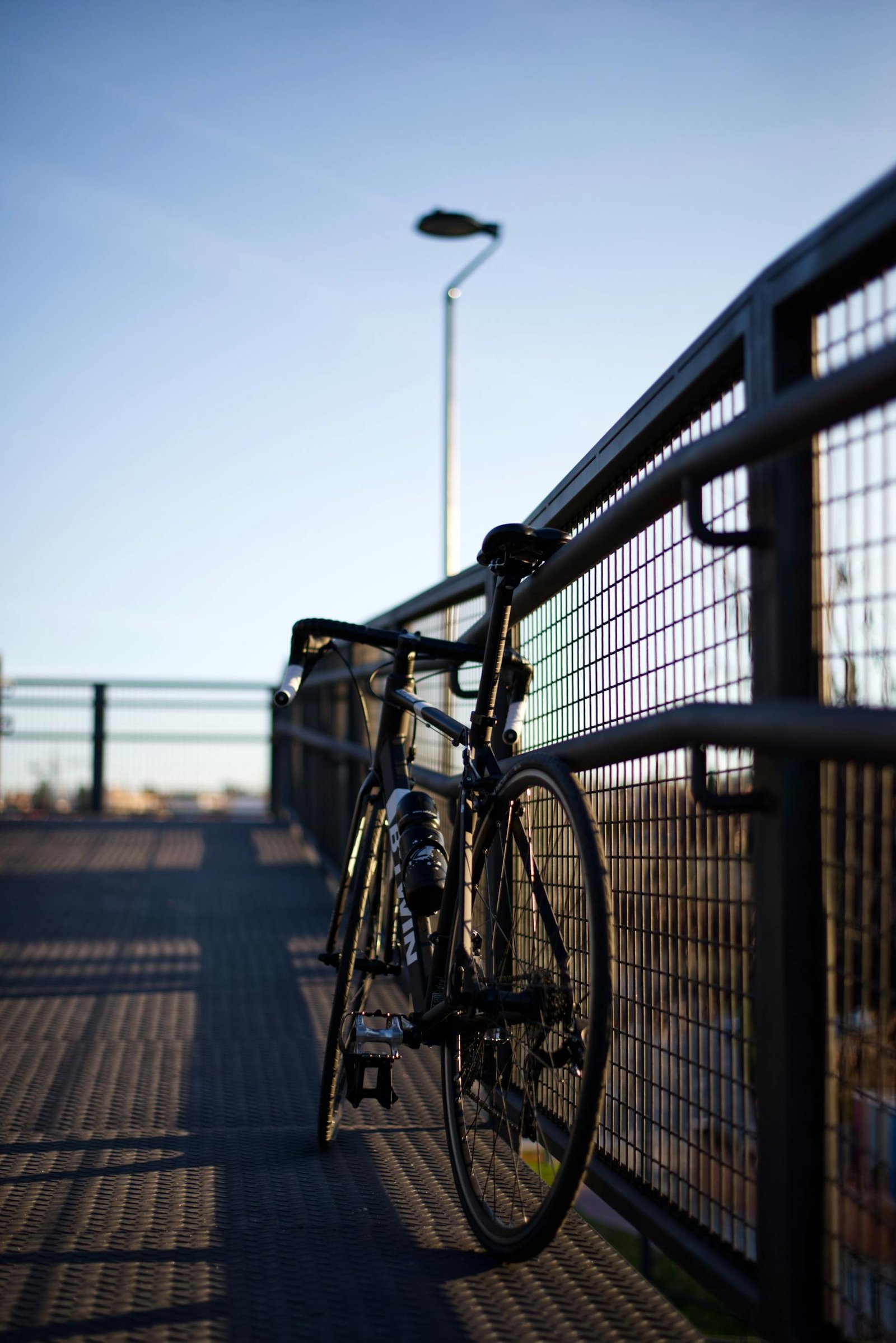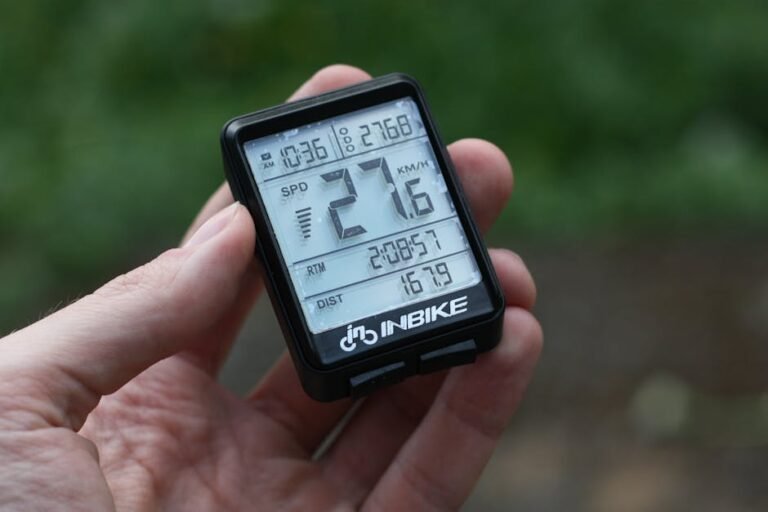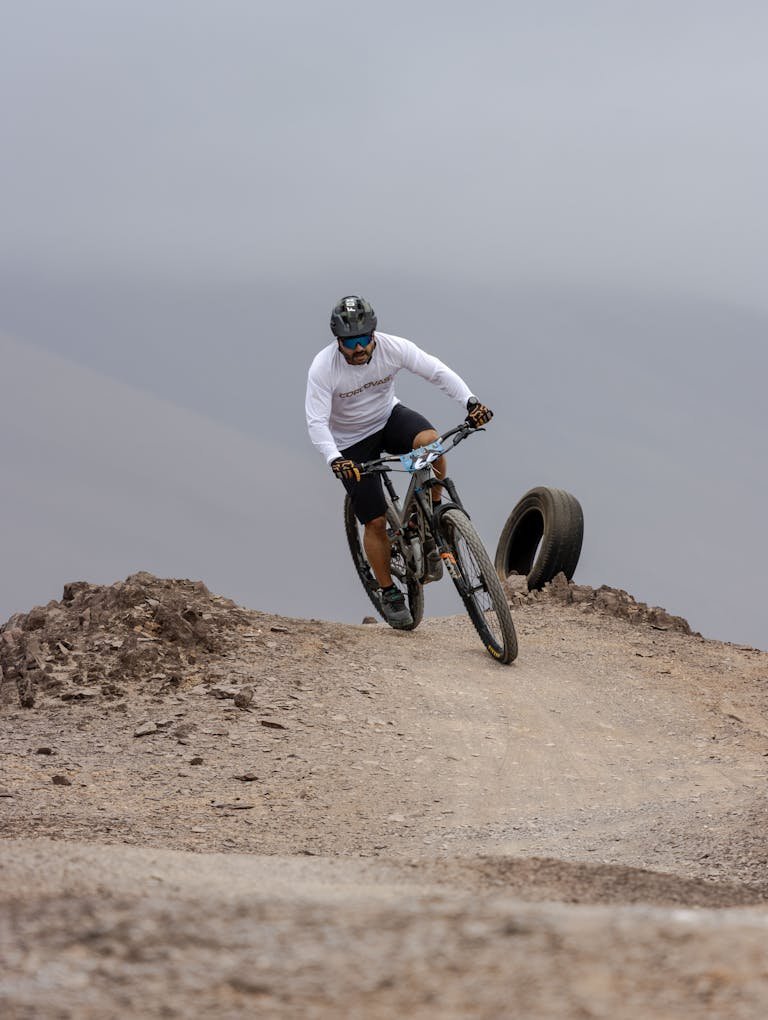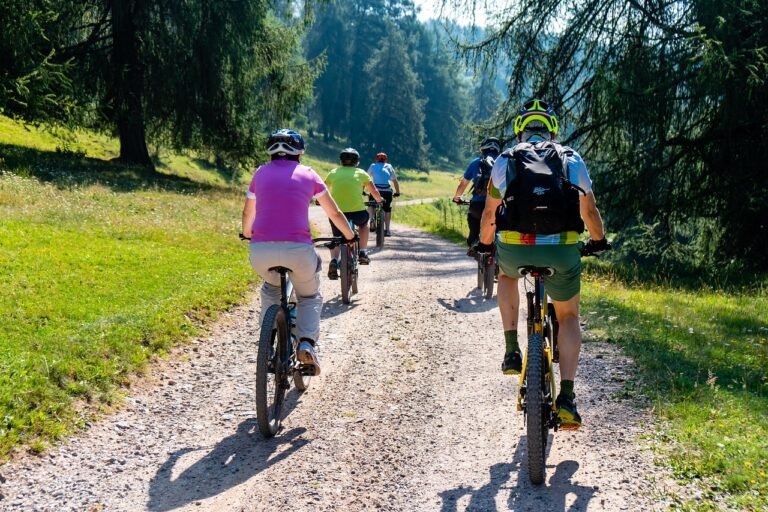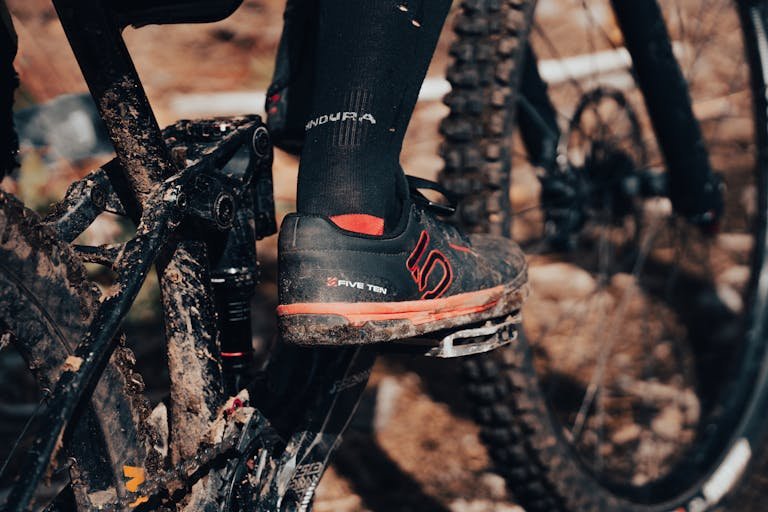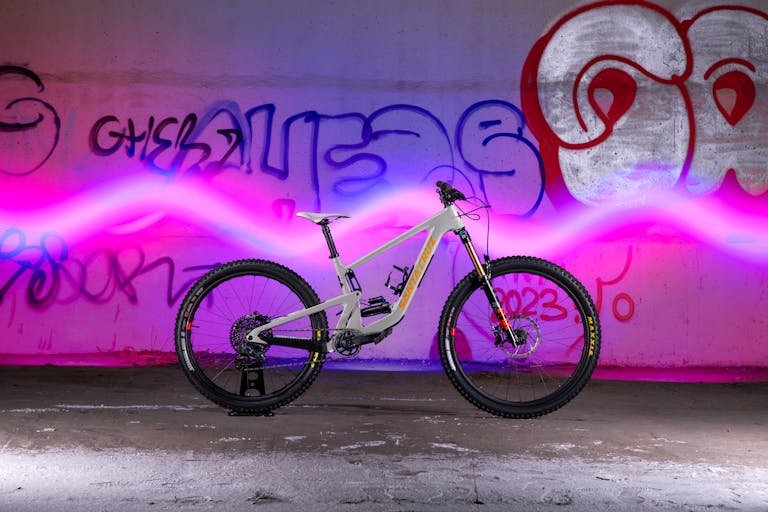How to Choose the Right Bicycle Tire Pressure for Different Riding Conditions in 2025
Ever wonder why your tire pressure always seems to be off? In this guide we’ll discuss different riding styles and types of bikes. Imagine the difference between a smooth, ride and a challenging one. It comes down to one critical factor, your tire pressure!
Cyclists know that bicycle tire pressure is more than just a number on a gauge. In fact, research shows that proper tire inflation can improve your bike’s performance by up to 35% and significantly impact your riding comfort and safety.
Understanding the Basics of Bicycle Tire Pressure
Let’s break down how tire pressure affects your ride:
- Rolling Resistance
- At low pressure, more tire surface contacts the ground
- Increased friction means more energy spent pushing forward
- Can reduce average speed by 1-3 mph on longer rides
- Grip and Traction
- Too high pressure reduces tire flexibility
- Reduces ability to conform to road or trail surfaces
- Particularly critical in cornering and wet conditions
- Shock Absorption
- Proper pressure acts like a suspension system
- Reduces fatigue on long rides
- Protects both rider and bike from road imperfections
Factors Influencing Tire Pressure
A comprehensive approach considers multiple variables:
- Rider Weight
- Heavier riders require higher pressure to prevent tire sidewall compression
- Calculation: Approximately 1 PSI per 10 pounds of body weight
- Consider total weight including gear and bike
- Bike Type Specifics
- Road Bikes: Prioritize low rolling resistance
- Mountain Bikes: Maximize traction and impact absorption
- Hybrid/Commuter: Balance between comfort and efficiency
- Terrain Conditions
- Smooth pavement: Higher pressure for less resistance
- Rough trails: Lower pressure for better grip
- Gravel roads: Mid-range pressure for versatility
- Tire Construction
- Tubeless vs. Tubed tires have different pressure requirements
- Sidewall strength impacts maximum safe inflation
- Tire width directly affects recommended pressure
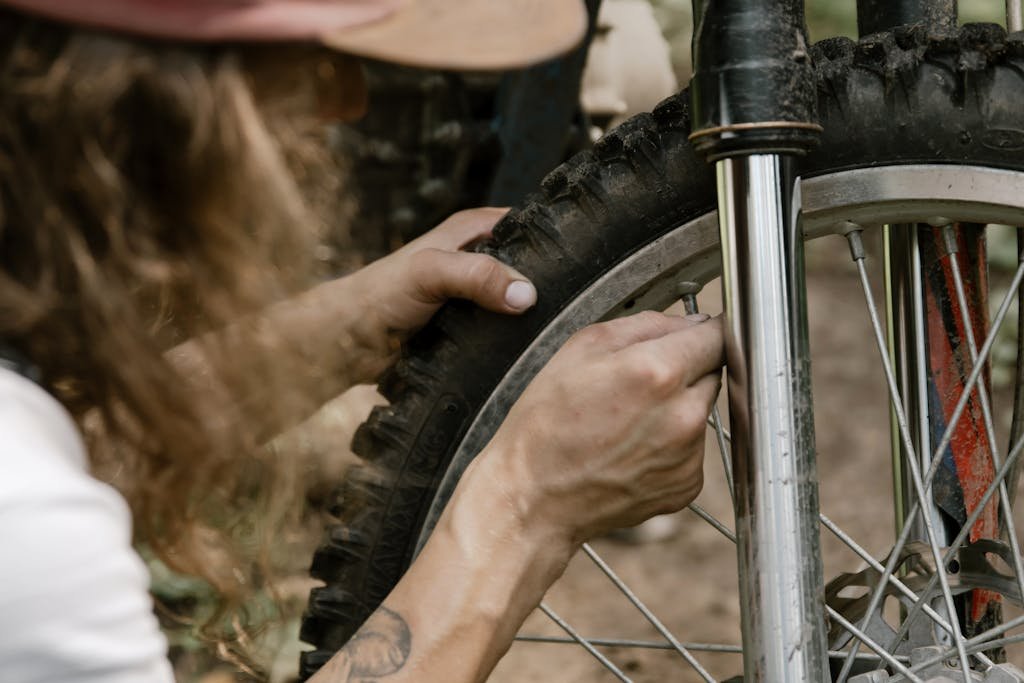
The Scientific Breakdown: Pressure Ranges
Precise Pressure Guidelines:
- Ultra-Light Road Racing: 100-130 PSI
- Standard Road Cycling: 80-100 PSI
- Endurance Road Riding: 70-90 PSI
- Mountain Bike Trail Riding: 25-35 PSI
- Mountain Bike Downhill: 22-28 PSI
- Urban/Hybrid Cycling: 50-70 PSI
Measuring and Tracking Tire Performance
Technology has revolutionized tire performance tracking:
- Smart Tire Monitoring Systems
- Bluetooth-enabled pressure sensors
- Real-time pressure and temperature tracking
- Performance data logging
- Predictive maintenance algorithms
- Advanced Measurement Tools
- Precision digital pressure gauges (±0.1 PSI accuracy)
- Infrared thermal imaging
- Laser surface interaction analyzers
- Computational performance modeling software
Navigating Urban Terrain Challenges
Street Survival Pressure Strategies
- Road Surface Variations
- Smooth asphalt: Higher pressure (70-80 PSI)
- Rough streets: Lower pressure (50-60 PSI)
- Mixed terrain: Balanced approach (60-70 PSI)
- Cobblestone streets: (40-50 PSI)
- Bike paths: (60-70 PSI)
- Critical Urban Cycling Insights:
- Invest in a reliable digital pressure gauge
- Check tire pressure twice weekly
- Learn your specific urban route challenges
- Carry a compact pump for emergencies
- Understand your bike’s unique pressure needs
Comfort vs. Performance Trade-offs
Your tire pressure is your primary tool for navigating the complex city landscape. It’s not just about inflation – it’s about creating a dynamic, responsive interface between you, your bike, and the urban environment.
Balancing Ride Quality and Efficiency
- Comfort Considerations
- Lower pressure increases ride smoothness
- Absorbs more road imperfections
- Reduces rider fatigue
- Minimizes joint and muscle strain
- Performance Factors
- Higher pressure reduces rolling resistance
- Improves overall speed
- Increases pedaling efficiency
- Enhances long-distance performance
Step-by-Step Guide to Checking Tire Pressure
The Perfect Inflation Process:
- Prepare Your Equipment
- Clean tire valve
- Use a reliable pressure gauge
- When possible check pressure when tires are cold
- Remove valve cap completely check for signs of damage or wear and tear
- Ensure valve stem is straight and clean
- Accurate Pressure Measurement
- Press gauge firmly onto valve
- Hold steadily for 1-2 seconds
- Read measurement carefully
- Take multiple readings for consistency
- Check front and rear tires separately
- Recommended Checking Frequency
- Before every ride
- Minimum weekly for regular cyclists
- After temperature changes
- Post-storage periods
- Before long rides or races
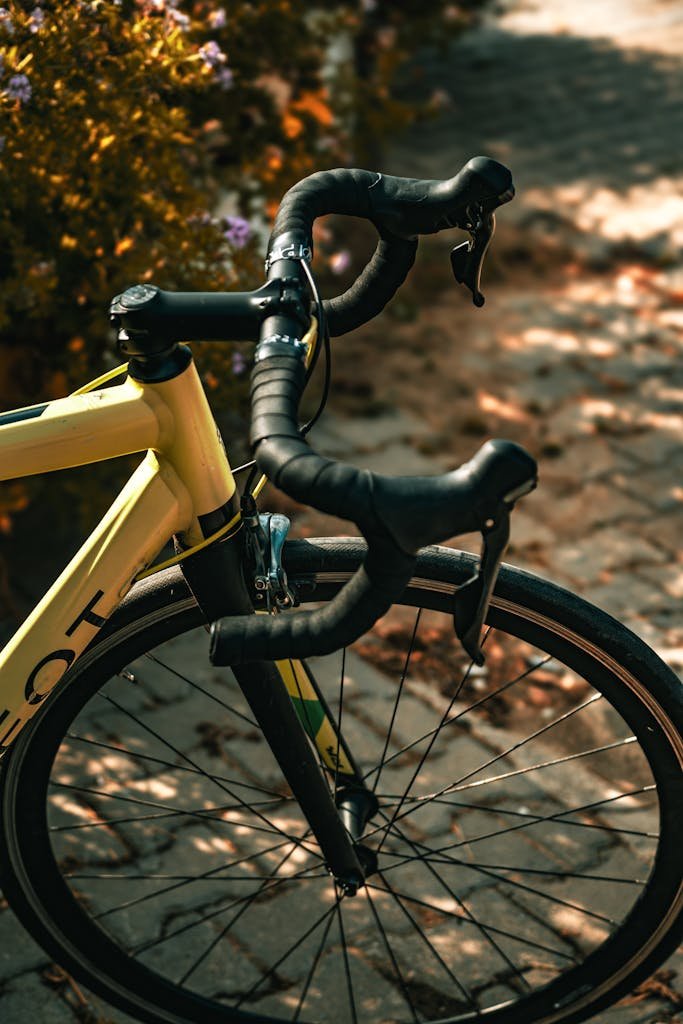
Essential Tools for Accurate Inflation
Must-Have Inflation Arsenal:
- Primary Tools
- Digital pressure gauge (±0.5 PSI accuracy)
- High-quality floor pump
- Portable mini-pump
- CO2 inflator for emergency situations
- Advanced Measurement Devices
- Bluetooth-enabled pressure sensors
- Infrared temperature readers
- Digital smart pumps with preset configurations
- Valve Adaptation Kit
- Presta valve adapters
- Schrader valve converters
- Valve core removal tools
- Valve extension mechanisms
Tire Construction and Pressure Dynamics
Modern bicycle tires are engineering marvels. The relationship between tire construction and pressure is complex and nuanced:
- Casing Characteristics
- Thread count impacts tire flexibility
- Higher TPI (threads per inch) allows more precise pressure management
- Sidewall construction determines pressure tolerance
- Material composition affects pressure response
- Tire Type Performance
- Clincher tires: Pressure-sensitive design
- Tubeless tires: More pressure flexibility
- Tubular tires: Specialized pressure requirements
- Compound variations impact pressure performance
Common Mistakes in Tire Pressure Management
Inflation Pitfalls to Avoid:
- Pressure Reading Errors
- Using old or inaccurate gauges, sticky sticks
- Not zeroing digital gauges
- Inconsistent measurement techniques
- Ignoring gauge calibration
- Environmental Misconceptions
- Assuming one pressure fits all conditions
- Neglecting temperature impact
- Not adjusting for rider weight
- Overlooking terrain variations
- Critical Inflation Mistakes
- Overinflation leading to reduced traction
- Underinflation causing increased rolling resistance
- Ignoring manufacturer’s recommended pressure range
- Failing to account for tire width
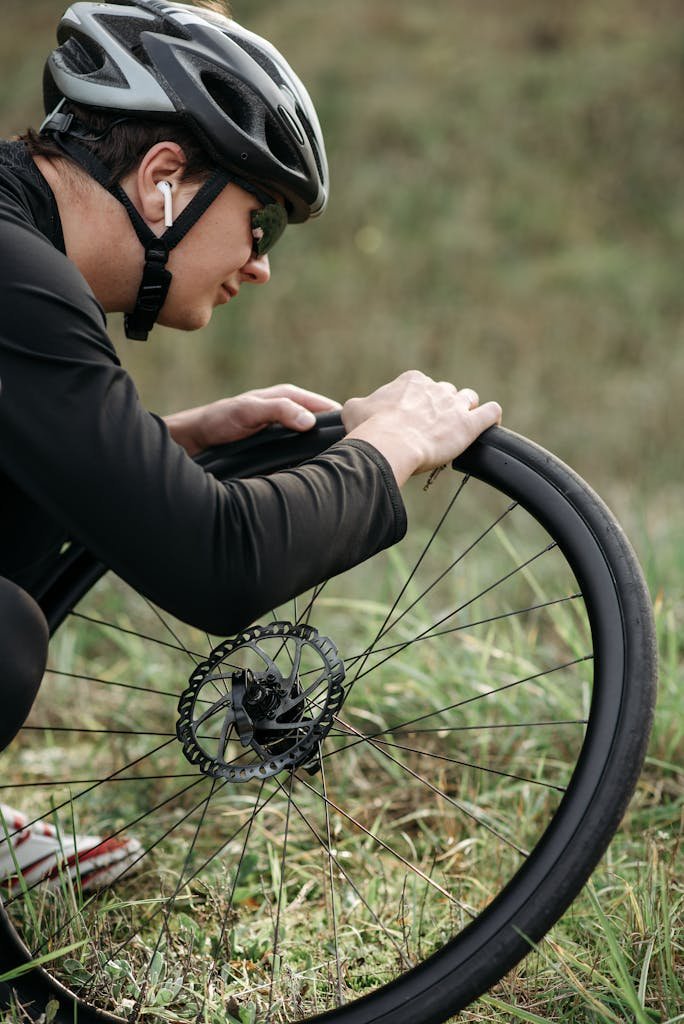
Temperature and Pressure Correlation
Scientific Pressure Dynamics:
- Thermal Expansion Principles
- Tire pressure changes ~1 PSI per 10°F
- Cold weather reduces tire pressure
- Hot conditions increase internal pressure
- Significant at extreme temperatures
Seasonal Tire Pressure Adjustments
Seasonal Inflation Guidelines:
- Winter Considerations
- Lower pressure for increased traction
- Additional 2-3 PSI compensation
- More frequent pressure checks
- Consider winter-specific tire compounds
- Summer Strategies
- Slightly higher pressure to combat heat expansion
- More frequent inflation checks
- Protection against potential blowouts
- Lightweight, heat-resistant tire selection
- Transitional Season Management
- Gradual pressure adjustments
- Monitor temperature fluctuations
Professional Inflation Techniques
Advanced Inflation Protocols:
- Nitrogen inflation for consistency
- Precision pressure profiling
- Dynamic pressure management
- Real-time pressure monitoring systems
My Thoughts for Precision Inflation
- Invest in quality measurement tools
- Develop a consistent checking routine
- Understand your specific cycling needs
- Treat tire pressure as a performance variable
The Competitive Edge
Tire pressure optimization is where technology meets human performance. It’s a continuous process of measurement, analysis, and incremental improvement.
The difference between good and great often comes down to details invisible to the naked eye. Your tire pressure is one of those critical, often overlooked factors that can make or break your performance.
Final Thoughts
Advanced tire performance is a complex dance of physics, engineering, and human skill. By understanding the nuanced relationship between tire inflation and your riding conditions, you can transform your cycling experience.
It’s not about finding a perfect number, but creating a dynamic, adaptive approach to tire management. Take control of your bike’s performance, comfort, and safety – one perfectly inflated tire at a time! Your bike – and your body – will thank you. Enjoy the ride!
Find More Resources on Bicycles
- Smart Bike Trainers: 2024 Best Picks with Features and Benefits
- Mountain Biking for Beginners: Essential Guide to Hit the Trails in 2024
- 3 Best Mountain Bikes of 2024: Complete Buyer’s Guide & Reviews
- How Do You Adjust Bike Brakes? A Step-by-Step Guide for 2024
- Essential Mountain Bike Gear: A Complete Guide for 2024

